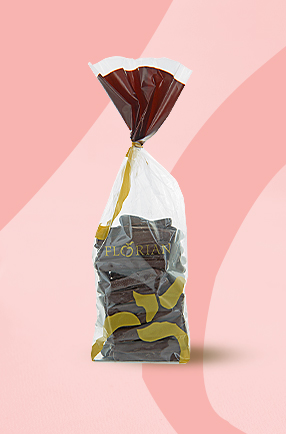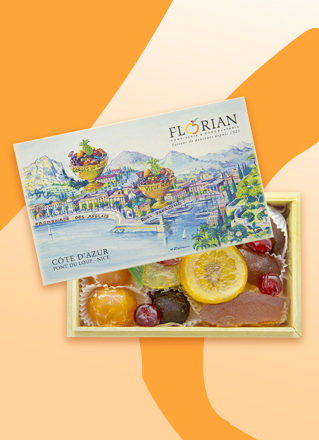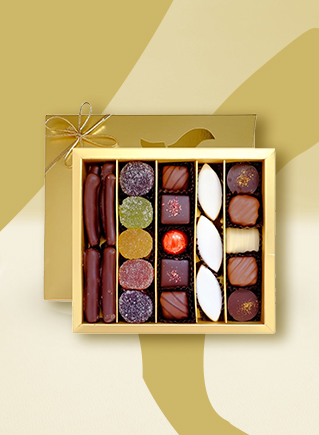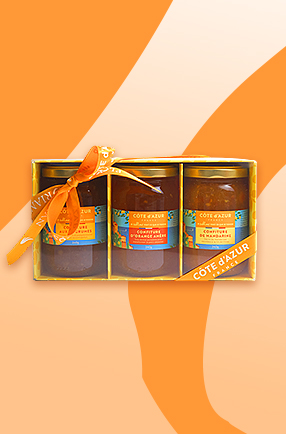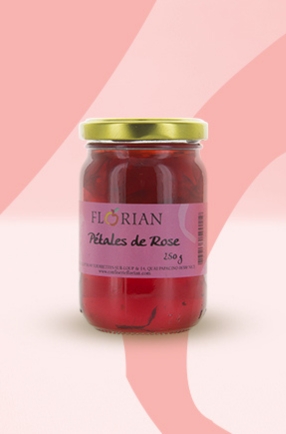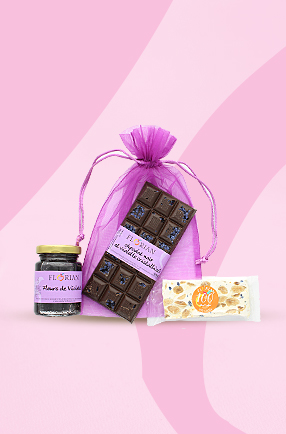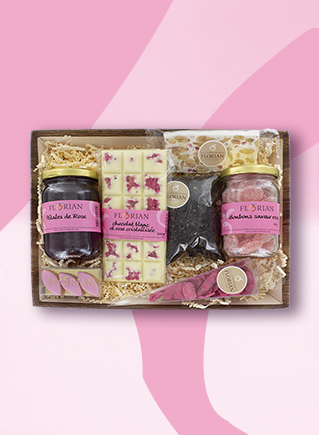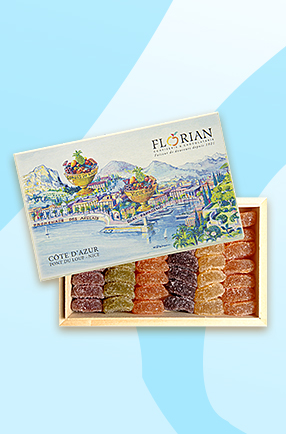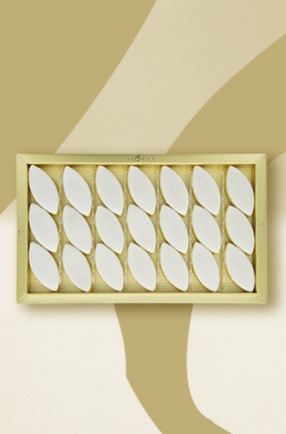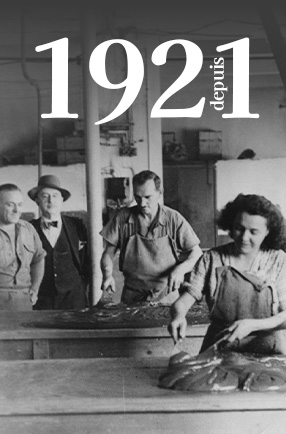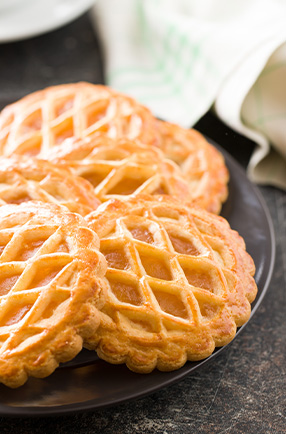🍊Orangettes au chocolat noir Florian
Découvrir- Candied fruit
- Chocolates
- Jams
- Flowers
- Fruit delights
- Gifts & Boxes
- Biscuiterie
-
Maison Florian
-10% offSubscribe to our gourmet newsletter and receive 10% off your next purchase.Newsletter
- Home
- Candied Fruit
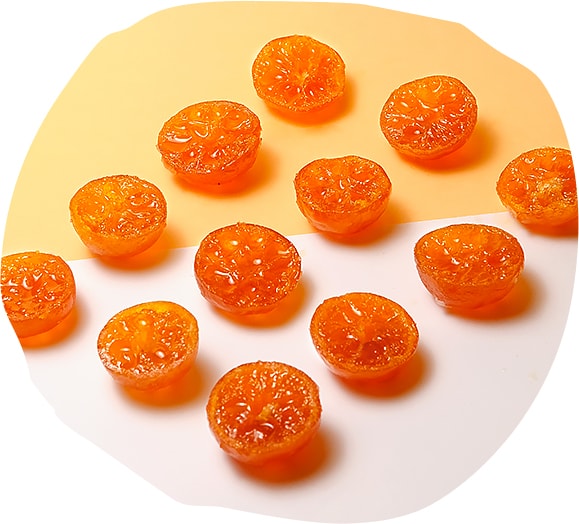

Candied Fruit
Discover our candied, candied orange and lemon peel, candied ginger and other treats from Provence. Which fruit will you prefer?

As low as €68.40
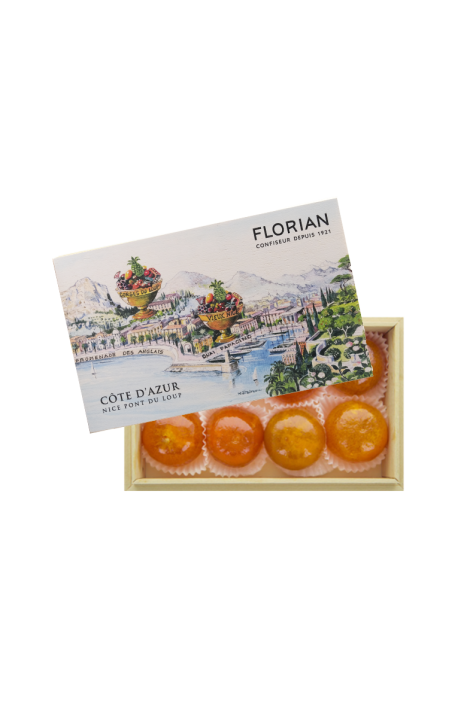

- 450g
- 670g
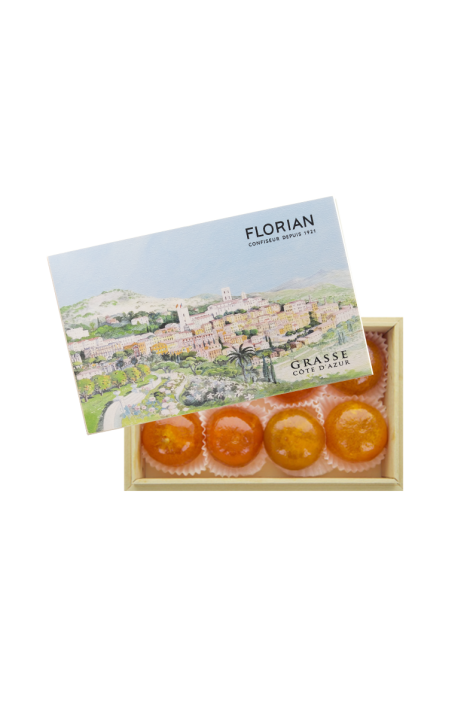

- 450g
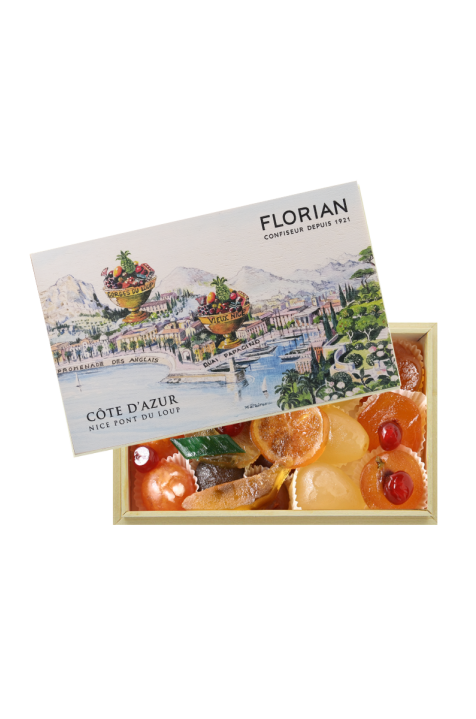
- 450g
- 750g
- 1.6kg
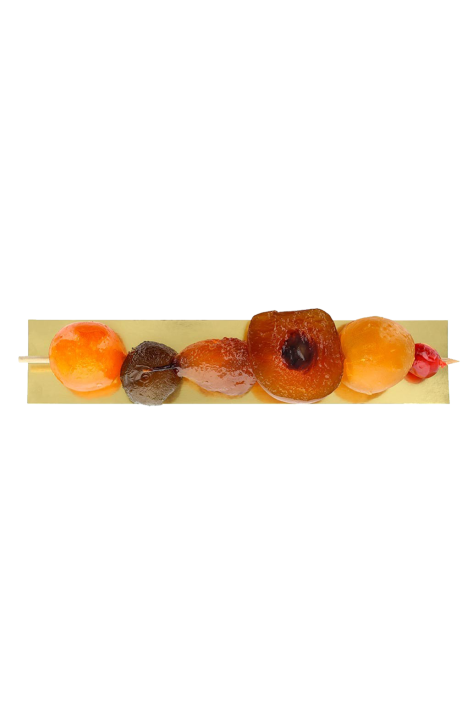
- 200g


- 250g
- 400g
- 1kg

Discover the range
Candied fruit, delightful Provencal and Gourmet Gift Ideas
Provence, the cradle of Provencal tradition, draws inspiration from its sun-drenched fruits to create exquisite confectioneries, which have long been cherished as gifts exchanged in the European courts at the beginning of the 19th century. Elegant like jewels, juicy to perfection, and rich with their melting nectar, fruits confits remain an essential element of Provencal confectionery.
Provence is a region rich in fruits. The Mediterranean climate is conducive to the cultivation of numerous fruits, including oranges, lemons, apricots, figs, cherries, grapes, quinces, and many other varieties.
CANDIED FRUIT AT CONFISERIE FLORIAN
We have a long tradition of confectionery. The region is known for its jams, fruit pastes, and nougats. Presented in gift boxes, they always make an exceptional gift as well as a delightful treat for entertaining guests at a snack or dinner. A gift to savor? Our gift boxes and gourmet baskets of fruits confits are an ode to indulgence.
Confiserie Florian perpetuates this tradition and offers an extensive array of gourmet fruits confits:
- Macedoines of fruits confits that add refinement to any cake, enhance fruit salads, brioches, muffins... Decorative and delicious, they melt in the mouth and make all the difference.
- Candied cherries and assorted fruits confits, as beautiful as they are flavorful, adorn pastries, cakes, and Provencal king's cakes.
- Candied clementines, one of our greatest successes for decades, provide a magical and unforgettable gustatory experience. This fruit is particularly well-suited to the candying process and reveals a refined nectar.
- Candied chestnuts, traditional delicacies for the year-end holidays, are featured in our catalog in tasting boxes or ready to give as gifts, as well as in crushed form to enhance poultry and other savory dishes.
- The combination of fruits confits and chocolate, with our dark chocolate-covered candied orange peels, the making of which never fails to fascinate visitors to our workshops. Slices of oranges dipped in dark chocolate are also a great success at our establishment.
- The white chocolate bar with fruits confits: a smooth and warm white chocolate covering a medley of fruits confits for an exceptional duo. Beautiful and colorful, it complements a selection of treats to create a personalized gift basket.
- Sugar-glazed ginger slices, a surprising specialty that combines the spiciness of ginger with the candying process for a unique gustatory experience. The citrus fruits, stars of our region, are transformed into candied orange and lemon peels.
- Our Biscuit Factory offers shortbread cookies enriched with these bursts of sunshine, making them a highly appreciated treat during snack time.
THE LITTLE HISTORY OF FRUITS CONFITS
Fruits confits have a long history dating back to antiquity. Originating in the Middle East, fruits confits were initially created as a method of fruit preservation, by cooking them in syrup and drying them. This technique allowed the fruits to remain edible for long periods, even in the absence of refrigeration.
During the Middle Ages, fruits confits became popular in Mediterranean regions, especially in Italy and France. Monastery monks were often responsible for preparing fruits confits, and these sweet delicacies became an essential ingredient in many traditional recipes, such as Italian panettones and the famous calissons of Aix-en-Provence, France.
Over time, fruits confits gained international renown, becoming prized confections in many cultures. Today, Provencal confectioneries perpetuate this ancestral tradition, offering a wide variety of superior-quality fruits confits, often used in pastries, desserts, and gourmet gifts.
The production of fruits confits remains an artisanal practice that requires patience, expertise, and delicacy, thus perpetuating a valuable and delicious culinary heritage."



From 95€ of purchase

2 to 4 working days
Sign Up for Florian’s News, Events & the must in gourmet news! And get 10% off your first order.


